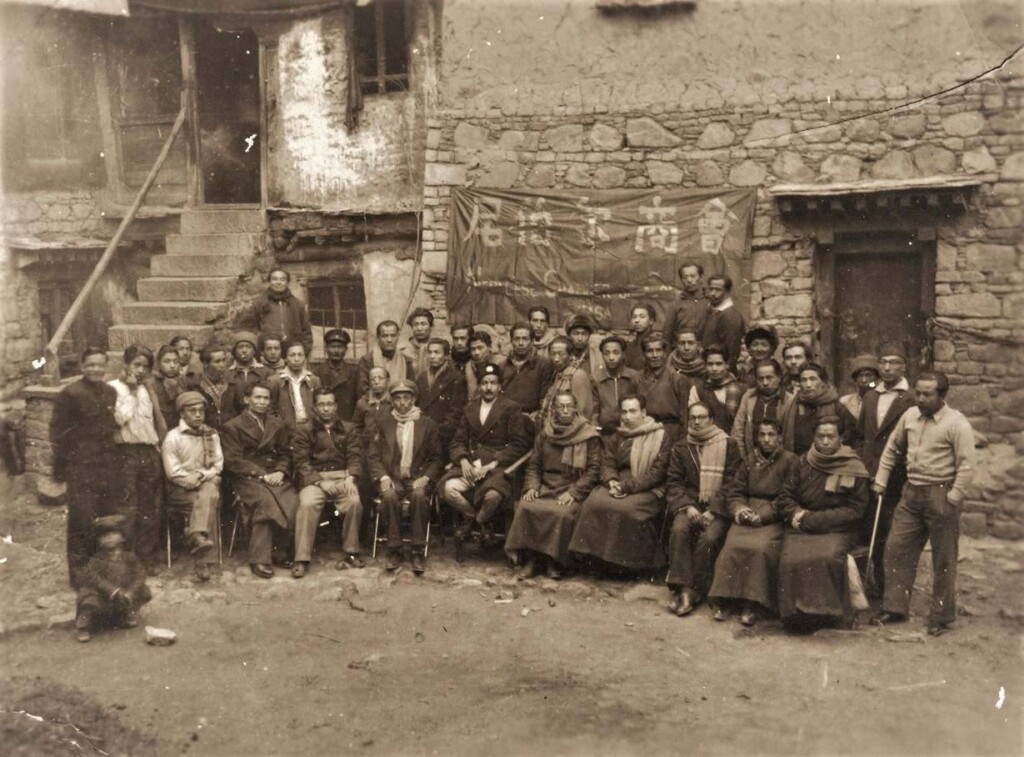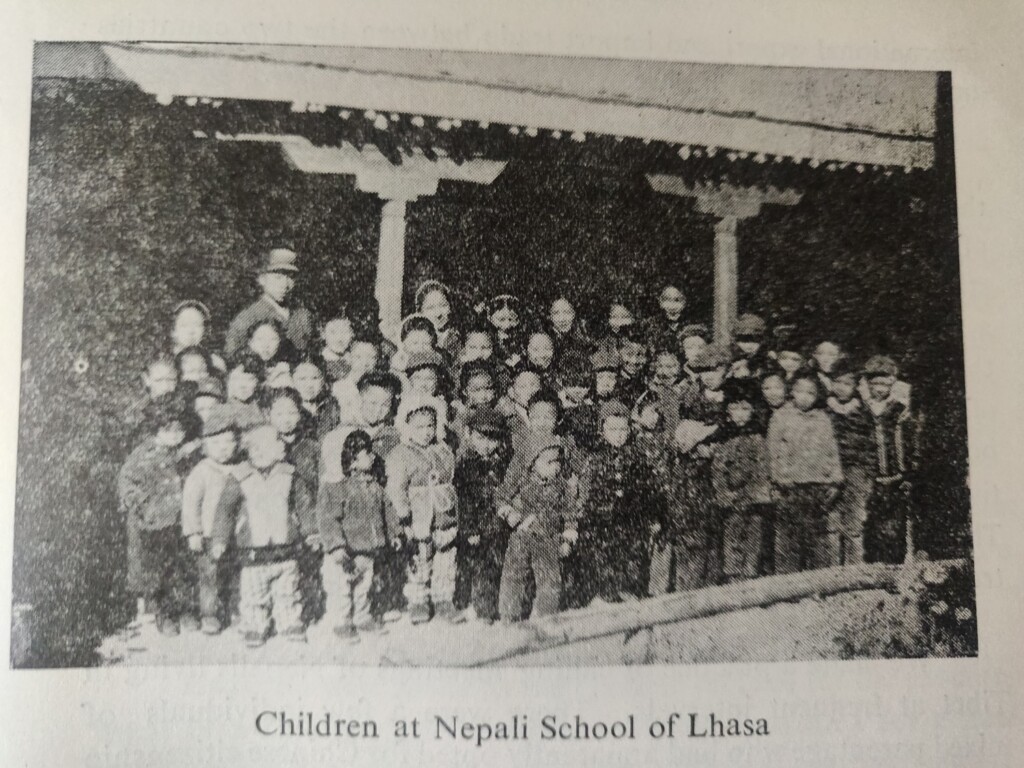From the 17th century till the 1960s, Newar traders from Kathmandu regularly crossed over into Tibet, where they set up trading establishments, lived for years at a stretch, and often had families with Tibetan women. The trade routes, until the British opened up Tibet in the early part of the 20th century, usually followed the traditional Kuti pass, today known as the Kodari-Tatopani route into Tibet. Once Tibet was connected to the British road system in Sikkim, Newar traders began to take the train to Calcutta, where they would purchase goods, and via Kalimpong or Darjeeling, cross over into Tibet using the Nathu La pass in Sikkim.
I wanted to begin my book, All Roads Lead North, with the story of these traders, especially focusing towards how this intricate network of trans-Himalayan trade came to an end with China’s annexation of Tibet and the war between India and China in 1962. My primary source for archival material was Kamal Ratna Tuladhar, son of Karuna Ratna Tuladhar, who managed the Ghorasyar trading house in Lhasa. Kamal Ratna also runs the Lhasa Newah Facebook group, which has some great pictures from the time.







An entire corpus of Nepal Bhasa songs have emerged around the theme of viraha, or separation. Newar women would be left behind in Kathmandu while their husbands went away to Lhasa, where they often got into relationships with Tibetan women. You can listen to a traditional rendition of Ji wayala Lachi Maduni (‘It’s not even been a month since I came’), a folk song highlighting the Newar women’s anxieties, and said to be the root material for the Nepali epic poem Muna Madan by Laxmi Prasad Devkota:
Two great online resources on Lhasa Newars are the Lhasa Newah Facebook group and a collection of documents and other archival material on Archive.org.
Here’s a short bibliography for further reading on Lhasa Newars:
Chittadhar ‘Hridaya’ (tr. Kesar Lall), Letter from a Lhasa Merchant to His Wife (Originally published in Nepal bhasa as Mimanah Pau [‘The Unburnt Letter’]), Robin Books, New Delhi, 2002.
D.S. Kansakar Hilker’s Syamukapu: The Lhasa Newars of Kathmandu and Kalimpong, Vajra Books, Kathmandu, 2005.
Dharma Ratna Yami (tr. D.B. Gurung), Reply from Tibet, Vajra Books, Kathmandu, 2018.
Dor Bahadur Bista, Report from Lhasa, Sajha Prakashan, Kathmandu, 1979.
Kamal Ratna Tuladhar, Caravan to Lhasa: A Merchant of Kathmandu in Traditional Tibet, Lijala & Tisa, Kathmandu, 2011.
David G. Atwill, Islamic Shangri-La: Inter-Asian Relations and Lhasa’s Muslim Communities, 1600 to 1960, University of California Press, Oakland, California, 2018.

You can buy All Roads Lead North: Nepal’s Turn to China at all major bookstores across South Asia. Click here for online purchases in India and here for online purchases in Nepal.


